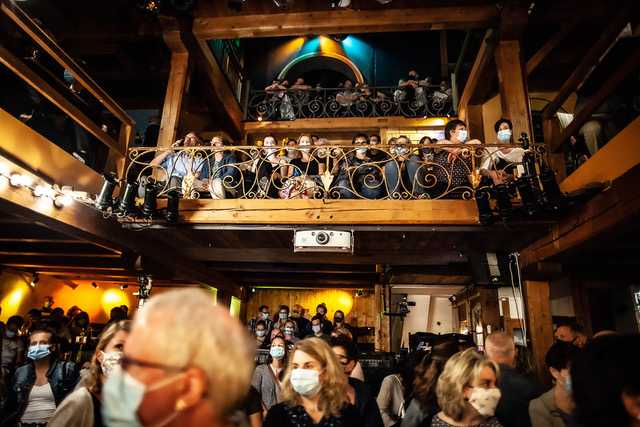Coda APS meets Muehle Hunziken challenge
- Details

The Mill houses an elaborate collection of quirky works of art, much beloved of its patrons, and regularly attracts internationally renowned artists to play intimate shows in its 500 capacity auditorium.
In spite of the prevailing Coronavirus restrictions, this summer, the management team at Hunziken Mill took the decision to upgrade the venue’s audio system. The existing system was at the end of its viable life, and was proving unreliable and increasingly expensive to maintain.
Chief technician and resident FOH engineer at Hunziken Mill, Tom Binggeli, arranged for several brands to stage demonstrations at the venue. The room presents a number of acoustic challenges, and he wished to be certain that investment in a new system would deliver the best possible audio and value for money.
One of the brands Tom was keen to hear in action was Coda Audio. Swiss audio specialists, Schallwerk demonstrated a system based around Coda’s APS product. Having considered all the options, The Mill’s team opted to go with Coda.
Tom Binggeli reports: “The first time I heard a Coda system was in a small pub with a DJ setup. The system consisted of two cabinets and a sub, and I was surprised how much power it had - very nice lows and clear highs. The second time was at the Gurten Festival in Bern with a very nice line array setup. At the demo, I was surprised at how clear and present the system was. Previous problems in the venue in terms of the bottom end were no longer there - the very precise bass makes the life of a sound engineer much easier.”
Schallwerk’s Bruno Muff designed the finished system. He says: “The main aim was to achieve even dispersion of sound throughout the whole venue, as far as possible, in what was a very challenging room situation. The system needed to be able to provide state-of-the-art sound, and be able to handle dynamics with a lot of headroom. Also, in order to avoid being at odds with the Swiss dB Limit regulations, very accurate HF directivity and coherent energy in general was of the utmost importance.”
The unusual shape of the room ruled out the use of a line array, so for Bruno, it was appropriate to choose a point source system for main hang, out-fills and delays. The advantage of the APS system was that it enabled the choice of different dispersion angles (even asymmetrical) which made it very flexible in fitting the shape and layout of the room. The APS system had more than enough power handling to provide plenty of headroom.
The main system at Hunziken Mill comprised four APS and four SCV-F subwoofers, with an additional one APS per side as out-fill. Four HOPS5 were used for delays, with six CUE4 for onstage monitoring. Amplification comprised one LINUS14D and four LINUS-10C.
Bruno continues: “On the ground floor, the ceiling height was quite low, so horizontally-flown single APS and smaller HOPS5 were used for covering under balcony areas without obstructing sight-lines to the stage. Subs had to be placed under the stage, because space was scarce, and the four SCV-F (single 18“ cabinets, sensor controlled) gave the possibility of a small electronic arc while delivering enough power to cover low end duties.”
Since September, Hunziken Mill has reopened for live events, much to the delight of its loyal patrons. Strict health protocols are observed, with shows seated, masks worn in the auditorium, and numbers restricted.
















